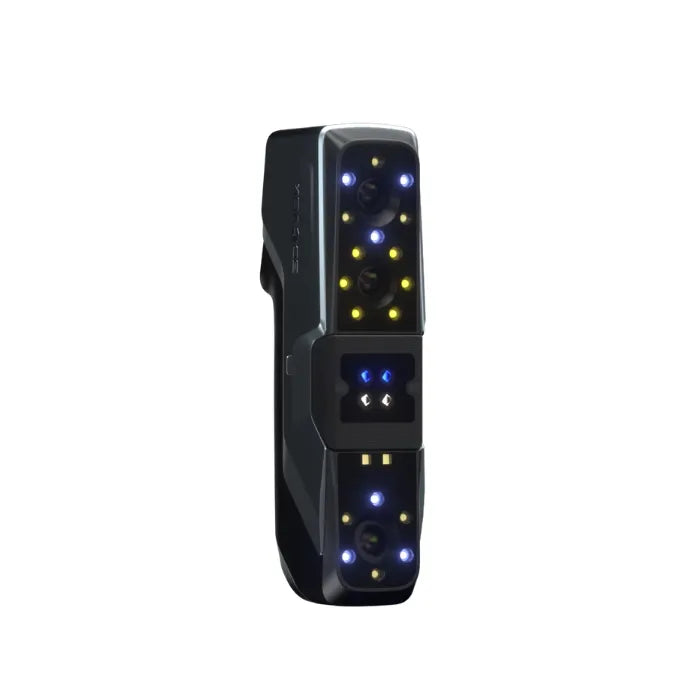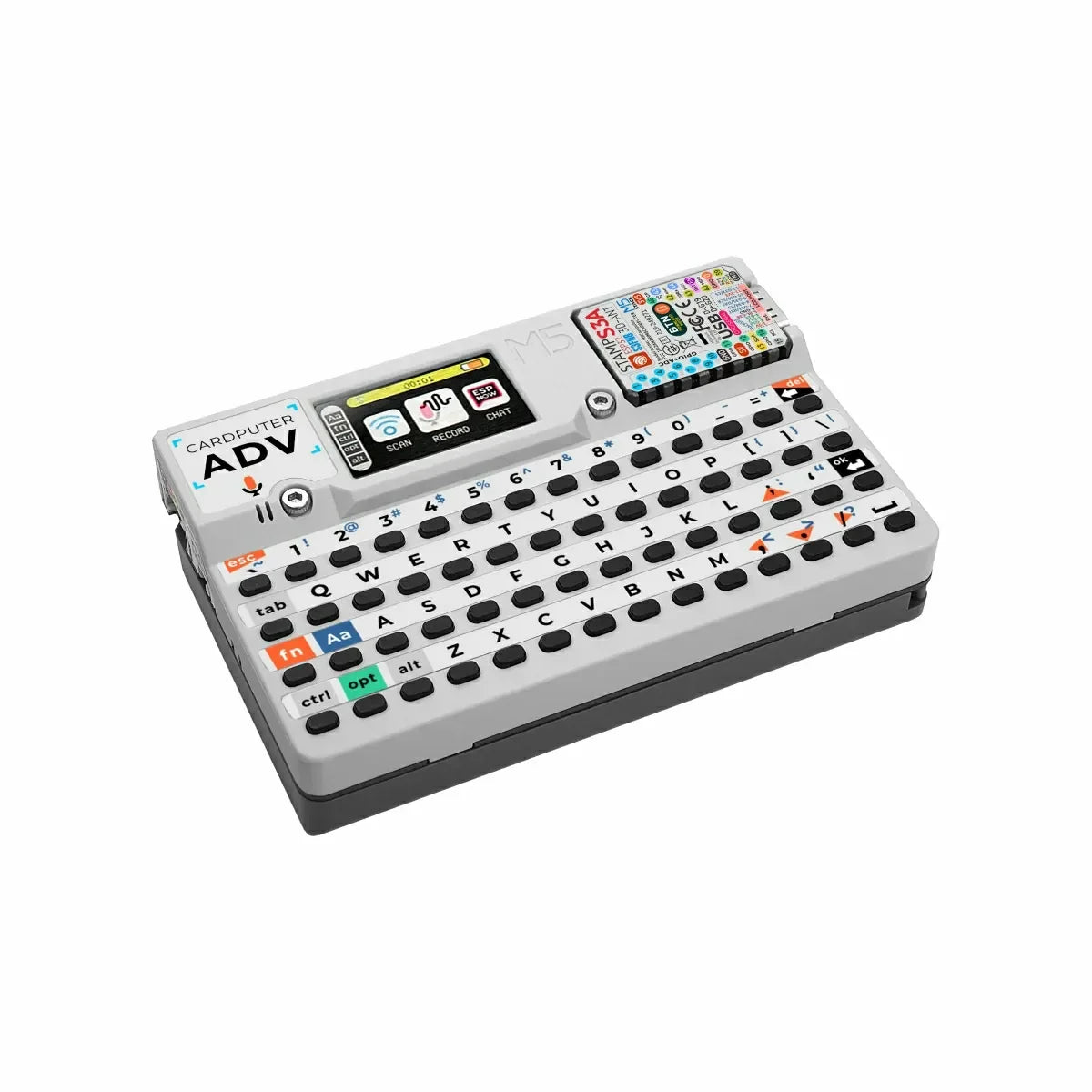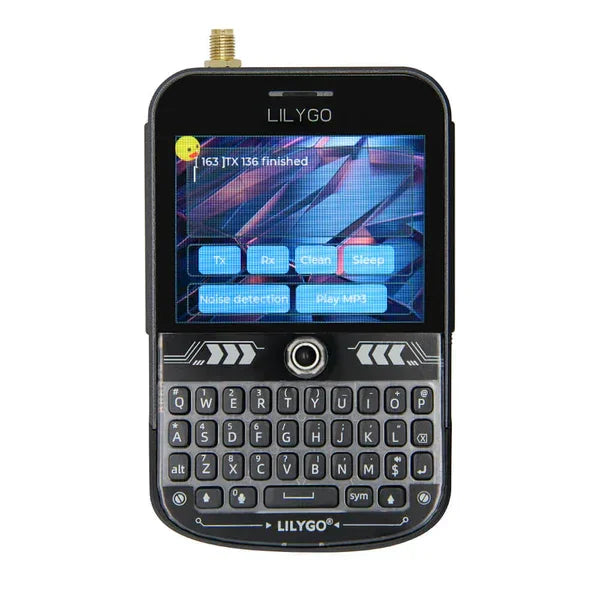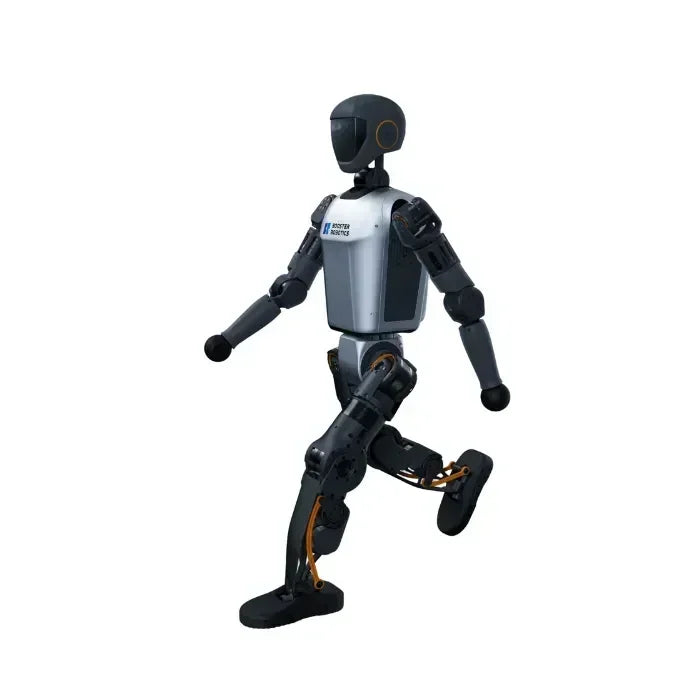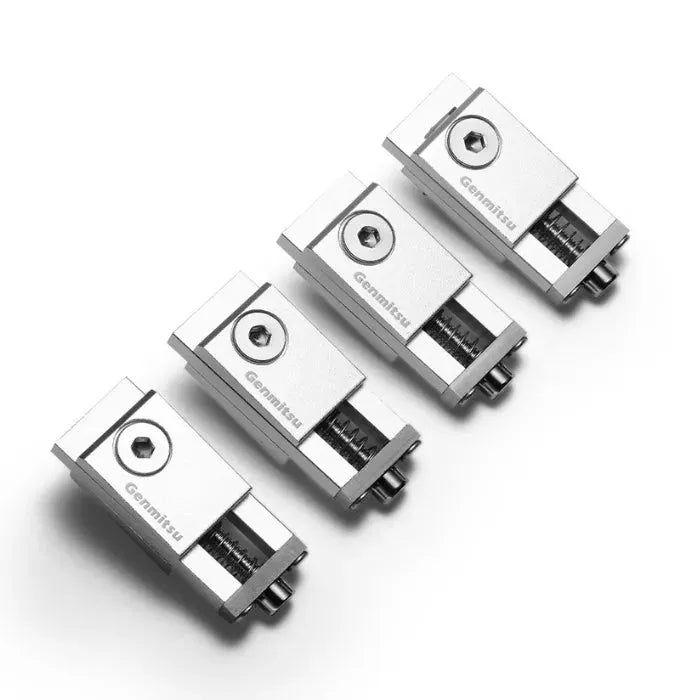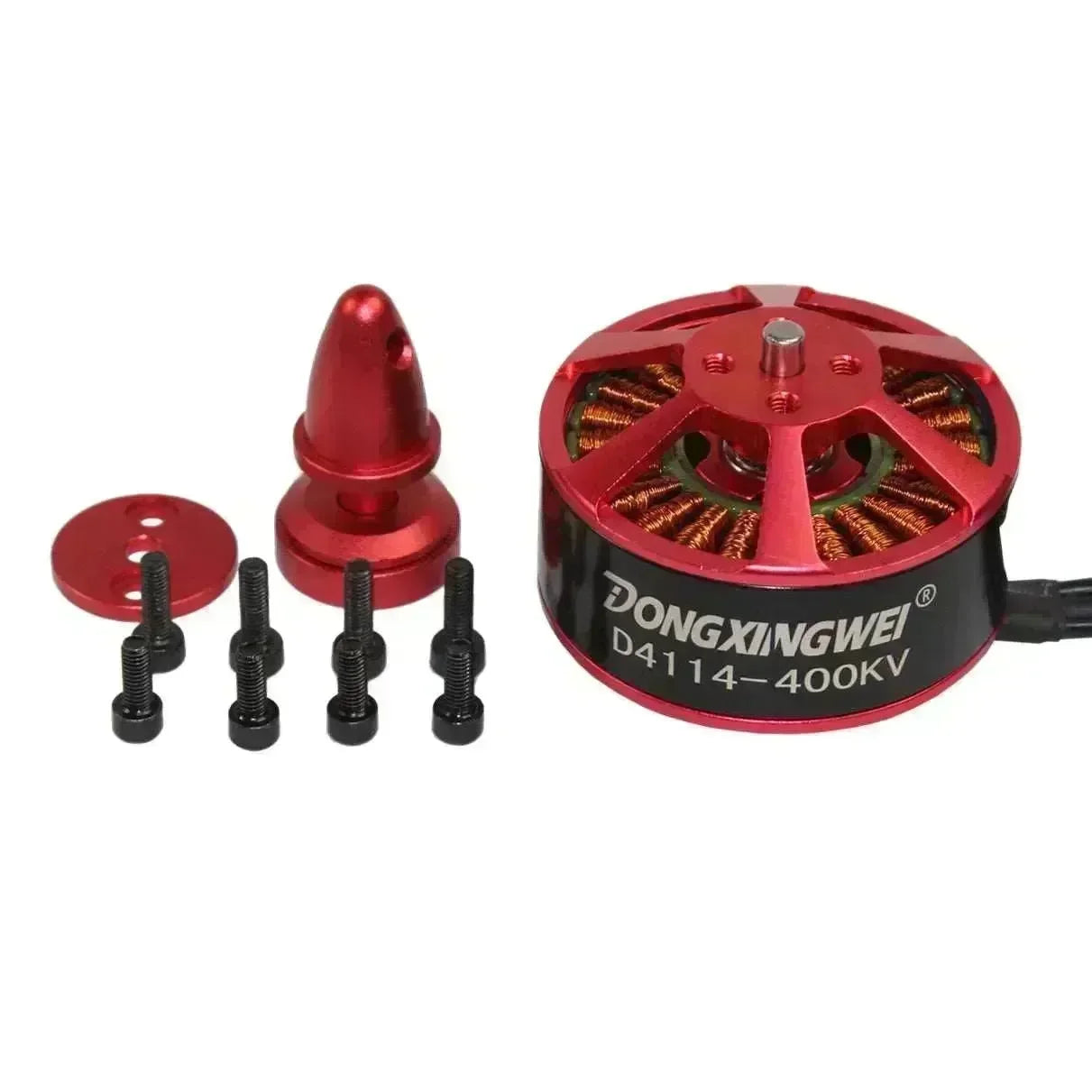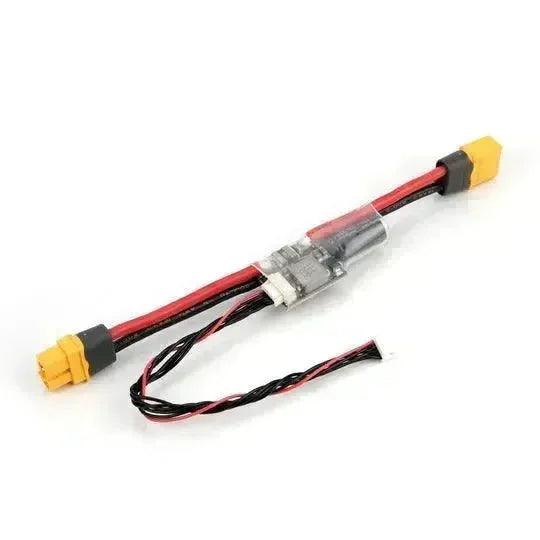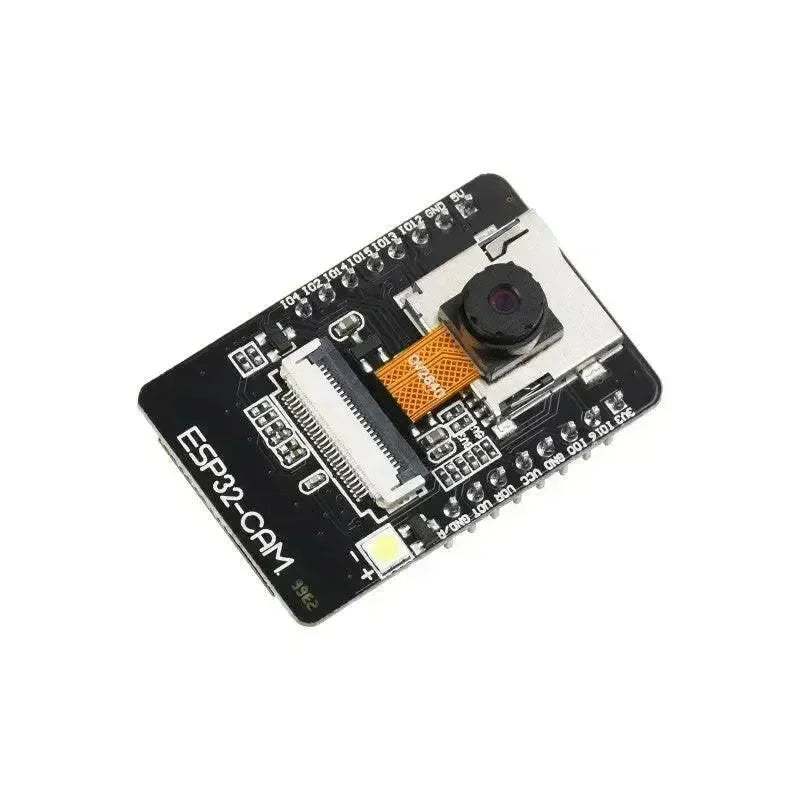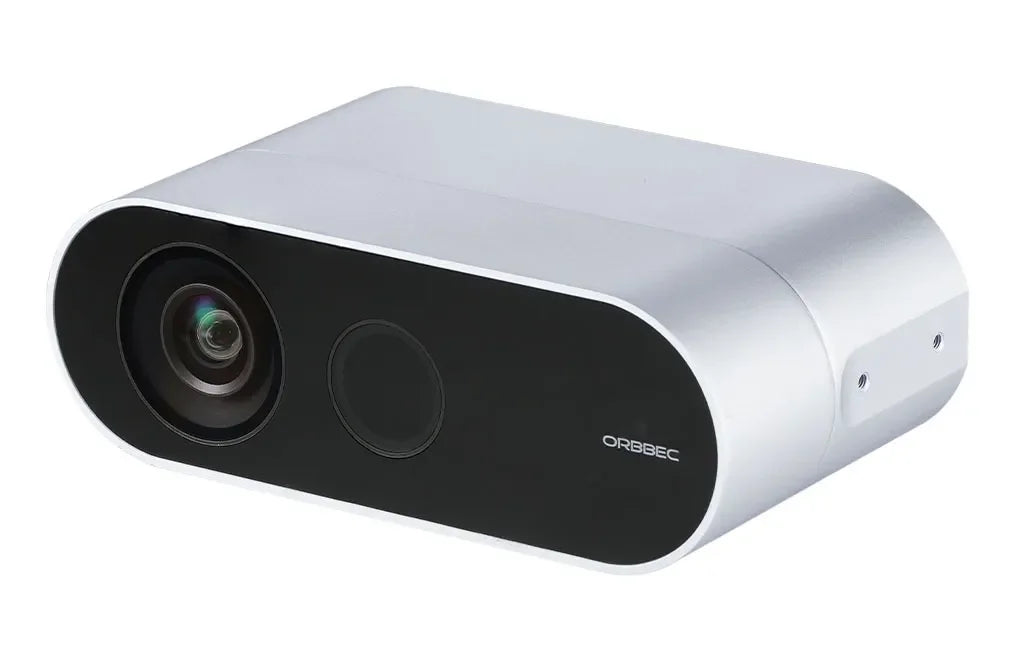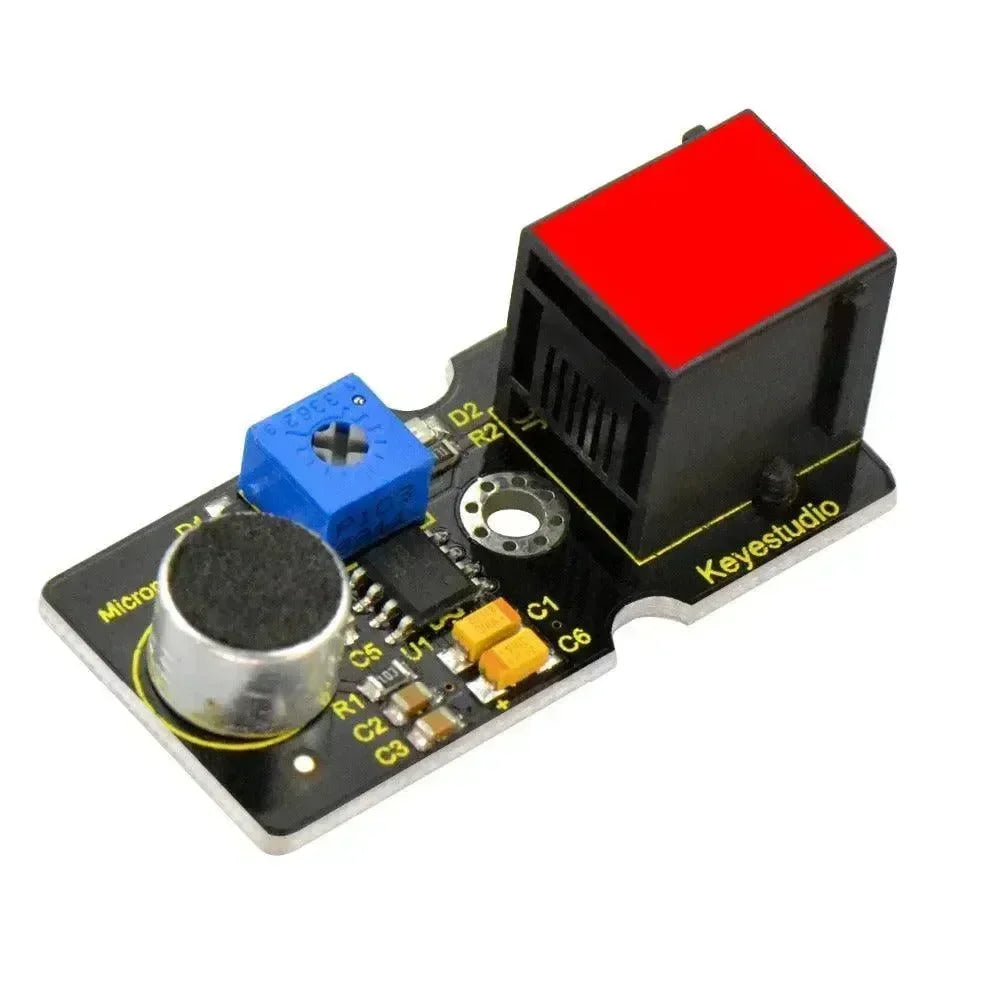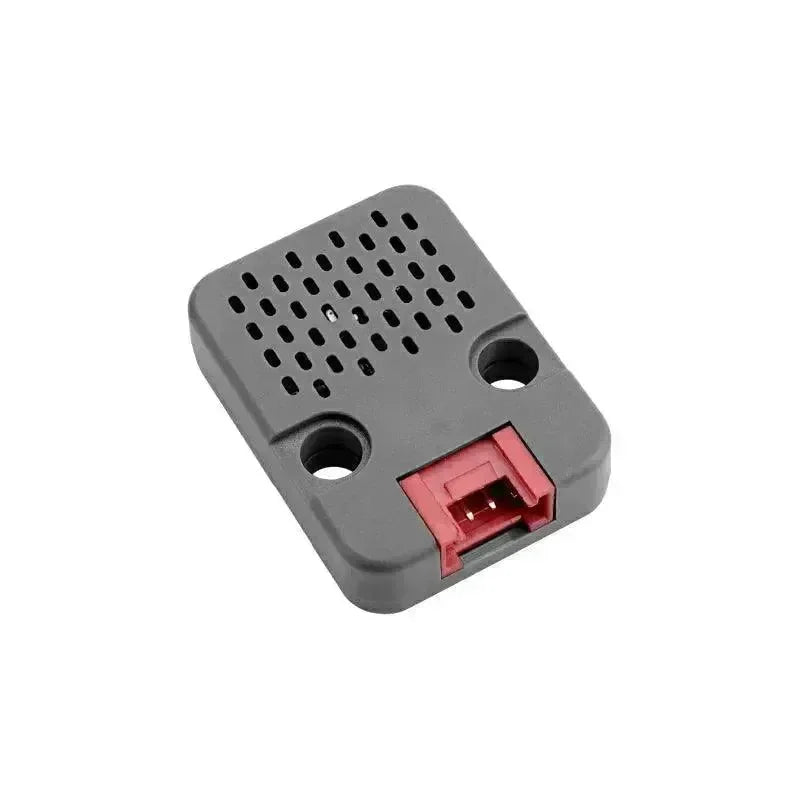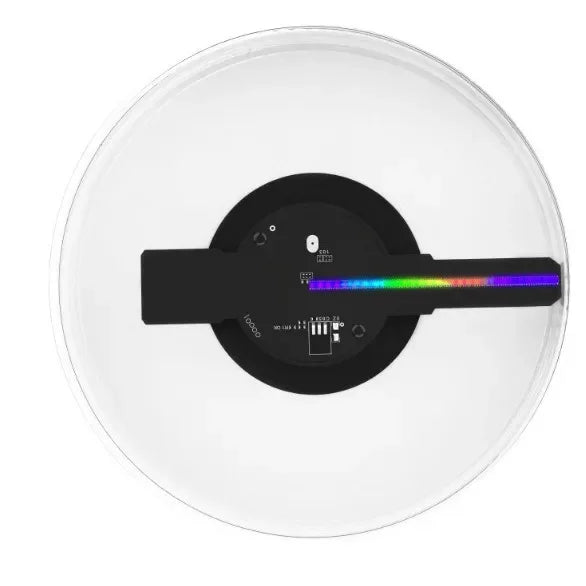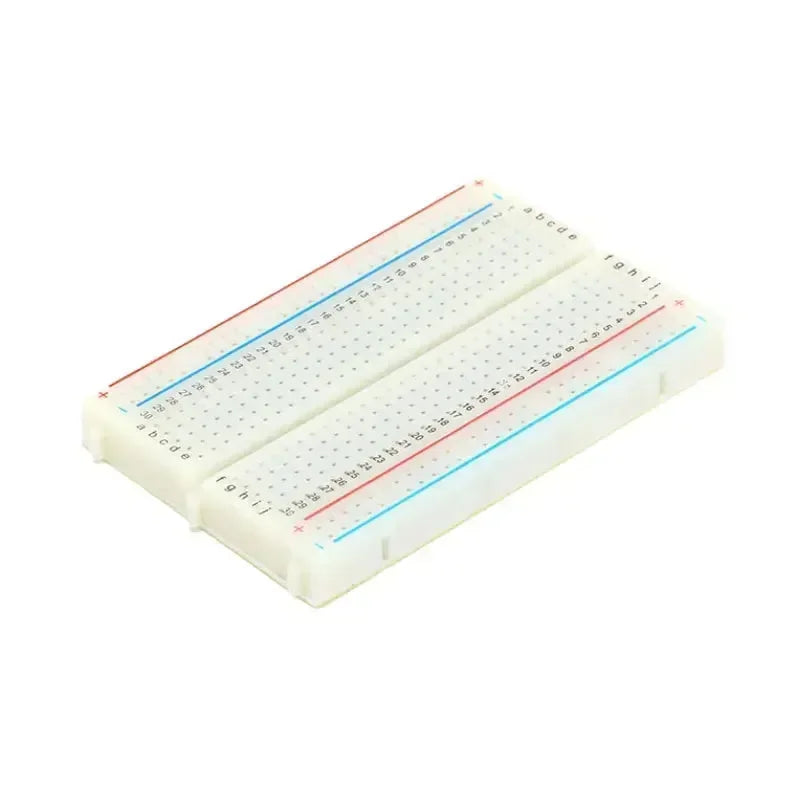Python is momenteel de meest populaire programmeertaal en staat consequent bovenaan de populariteitslijsten van talen . Het gebruiksgemak, krachtige functies en robuuste objectgeoriënteerde mogelijkheden hebben een enorme gemeenschap van ontwikkelaars aangetrokken.
Aan de andere kant komen we MicroPython vaak tegen bij het verkennen van de ontwikkeling van microcontrollers. MicroPython is in essentie Python afgestemd op microcontrollers zoals Arduino en ESP32. Ontwikkeld met open-source hardware in het achterhoofd, is het primaire doel van MicroPython om Python-ontwikkelaars in staat te stellen hardwareprojecten snel en efficiënt te voltooien zonder dat ze laag hoeven te navigeren -niveau hardware-architecturen of complexe programmeertalen.

Wat is Python
Python is een programmeertaal op hoog niveau, verschillend van talen op laag niveau zoals C/C++. Hoewel deze talen rijk zijn aan functies, missen ze vaak de leesbaarheid. Python, gemaakt begin jaren negentig, is zowel eenvoudig als zeer leesbaar, maar biedt toch krachtige functionaliteit. Net als de meeste moderne programmeertalen bevat Python objectgeoriënteerde functies.
Een van de sterkste punten van Python is de platformonafhankelijke compatibiliteit. Ontwikkelaars kunnen programma's maken die op een groot aantal besturingssystemen werken. Daarentegen vereist platformonafhankelijke ontwikkeling in C++ het schrijven van afzonderlijke Makefiles voor elk platform of het gebruik van tools zoals CMake om compileer code voor meerdere omgevingen.
Wat is MicroPython
MicroPython is een gestroomlijnde, efficiënte manier om de programmeertaal Python 3 te gebruiken in embedded systemen. Hoewel Python platformonafhankelijk is, kan het niet rechtstreeks draaien op veel microcontrollers die in het ingebedde veld worden gebruikt.
MicroPython werd gelanceerd via een succesvolle Kickstarter-campagne in 2013 en is specifiek ontworpen om te draaien op microcontrollers en andere beperkte omgevingen, zoals ESP32, Arduino en STM32. Het biedt een lichtgewicht runtime-omgeving met een tolk en essentiële standaardbibliotheken, waardoor ontwikkelaars ingebedde applicaties kunnen maken met behulp van de Python-taal.
Verschillen
| Functies | Python | MicroPython |
| Doel |
Algemeen doel programmeertaal |
Lichtgewicht Python implementatie voor microcontrollers |
| Doelhardware |
Draait op pc's, servers, en andere algemene doeleinden apparaten |
Draait op microcontrollers (bijv. ESP32, Raspberry Pi Pico, STM32) |
| tolk | Volledig uitgerust CPython-interpreter |
Geoptimaliseerd, minimaal tolk voor beperkte apparaten |
| Standaardbibliotheken | Uitgebreide standaard bibliotheken en modules |
Kleinere subset van Python standaardbibliotheken |
|
Bestandssysteem Steun |
Volledige toegang tot het bestandssysteem (lokale schijf, netwerk) |
Beperkte toegang tot bestandssysteem (meestal flash-opslag) |
| Uitvoeringssnelheid | Snellere uitvoering op algemene hardware |
Langzamer vanwege hulpbronnen beperkingen op microcontrollers |
| Geheugengebruik | Hoger geheugenverbruik (afhankelijk van het platform) |
Extreem weinig geheugen voetafdruk (ontworpen voor beperkt RAM/ROM) |
| Hardwaretoegang | Kan interfacen met externe hardware via bibliotheken zoals GPIO, serieel, I2C, etc. |
Directe hardwarecontrole via machinemodule en anderen |
| Gelijktijdigheid | Ondersteunt multithreading en multiprocessing |
Beperkte gelijktijdigheid, vaak gebruikmakend van interrupts of coöperatief multitasken |
| Foutafhandeling | Volledige uitzonderingsafhandeling en debug-tools |
Beperkte debug-tools, minder uitzonderingstypen |
|
Ontwikkeling Omgeving |
Rijke ontwikkeltools (IDE's, debuggers, profilers, enz.) |
Werkt meestal met eenvoudigere IDE's (bijv. Thonny, uPyCraft) en REPL |
|
Gemeenschap & Ecosysteem |
Grote gemeenschap, overvloedig bronnen en bibliotheken |
Kleinere, maar groeiende gemeenschap, ingebedde systemen |
| Inzet | Geschikt voor desktop toepassingen, webontwikkeling en meer |
Primair voor ingebedde systemen, IoT-apparaten en hardware projecten |
Python
Python heeft een eenvoudige, gemakkelijk leesbare syntaxis. Door gebruik te maken van inspringing om codeblokken te definiëren in plaats van talloze haakjes en puntkomma's, wordt de leesbaarheid van de code verbeterd. Python is zeer geschikt voor objectgeoriënteerd programmeren en biedt functies zoals klassen, overerving en polymorfisme. Bovendien ondersteunt Python functioneel programmeren met tools zoals lambda-functies, functies van hogere orde en sluitingen.
Python beschikt ook over een rijke standaardbibliotheek samen met uitgebreide bibliotheken van derden die een breed scala aan toepassingen omvatten, van bestandsverwerking en netwerkprogrammering tot databasetoegang.
Voor-en nadelen
Python
Voordelen:
- Eenvoudige en duidelijke syntaxis, waardoor het gemakkelijk te lezen en te onderhouden is
- Uitgebreide standaardbibliotheken en bibliotheken van derden die verschillende ontwikkelingsbehoeften ondersteunen
- Gemakkelijk te leren en toegankelijk voor beginners en niet-professionele programmeurs
- Compatibiliteit tussen platforms zorgt ervoor dat code met minimale aanpassingen kan worden uitgevoerd op Windows, Linux en macOS
Nadelen:
- Ondersteunt geen microcontrollers, waardoor het minder geschikt is voor embedded scenario's
- Langzamer dan talen op een lager niveau en verbruiken meer bronnen, wat het gebruik ervan beperkt in ingebedde systemen met resourcebeperkingen
MicroPython
Voordelen:
- Gemakkelijk te gebruiken en zeer efficiënt, ideaal voor ingebedde systemen met beperkte middelen
- Eenvoudig te leren voor ontwikkelaars die al bekend zijn met Python, waardoor snellere projectimplementatie op microcontrollers mogelijk is zonder dat diepgaande kennis van elk apparaat nodig is
- Ondersteund door een verscheidenheid aan standaardbibliotheken en bibliotheken van derden, die algemene ingebedde scenario's dekken
Nadelen:
- Sommige specifieke Python-bibliotheken worden niet ondersteund, wat bepaalde taken uitdagender kan maken
- Vereist handmatig geheugenbeheer
Voorbeelden van gebruik:
MicroPython is uitstekend geschikt voor embedded systemen en microcontrollers, zoals IoT-apparaten en sensoren . Het biedt een lichtgewicht runtime-omgeving, waardoor ontwikkelaars Python kunnen gebruiken voor het maken van ingebedde applicaties. Dankzij zijn efficiëntie en gebruiksgemak is MicroPython een topkeuze geworden voor veel beginners en embedded systeemontwikkelaars.
Samenvatting
MicroPython en Python bieden elk unieke voordelen, geschikt voor verschillende ontwikkelingsscenario's. MicroPython is ideaal voor ingebedde systemen met beperkte middelen en IoT-apparaten. Met een eenvoudige programmeerinterface en een rijke standaardbibliotheek kunnen ontwikkelaars snel prototypes maken en fouten opsporen in ingebedde systemen met behulp van Python. Dit maakt het een populaire taal voor ingebedde applicaties.
Aan de andere kant wordt Python veel gebruikt op gebieden als webontwikkeling, wetenschappelijk computergebruik, data-analyse en AI >. Het beschikt over een enorm ecosysteem en uitgebreide documentatie, waardoor ontwikkelaars veel gemak hebben. Hoewel de uitvoeringssnelheid van Python langzamer is en het bronnenverbruik hoger is, zijn deze prestatieverschillen doorgaans acceptabel in veel toepassingen. Naarmate de technologie vordert, zal Python waarschijnlijk verbeteren in termen van zowel prestaties als de efficiëntie van hulpbronnen.
Naarmate de populariteit van het Internet der Dingen en ingebedde systemen blijft groeien, kunnen we een bredere adoptie van MicroPython verwachten. Ondertussen zal Python aanzienlijke voordelen blijven bieden op verschillende domeinen, waardoor de efficiëntie voor ontwikkelaars wordt vergroot. Of u nu een beginner of een doorgewinterde ontwikkelaar bent, u kunt de programmeertaal kiezen die het beste bij uw projectbehoeften past.

